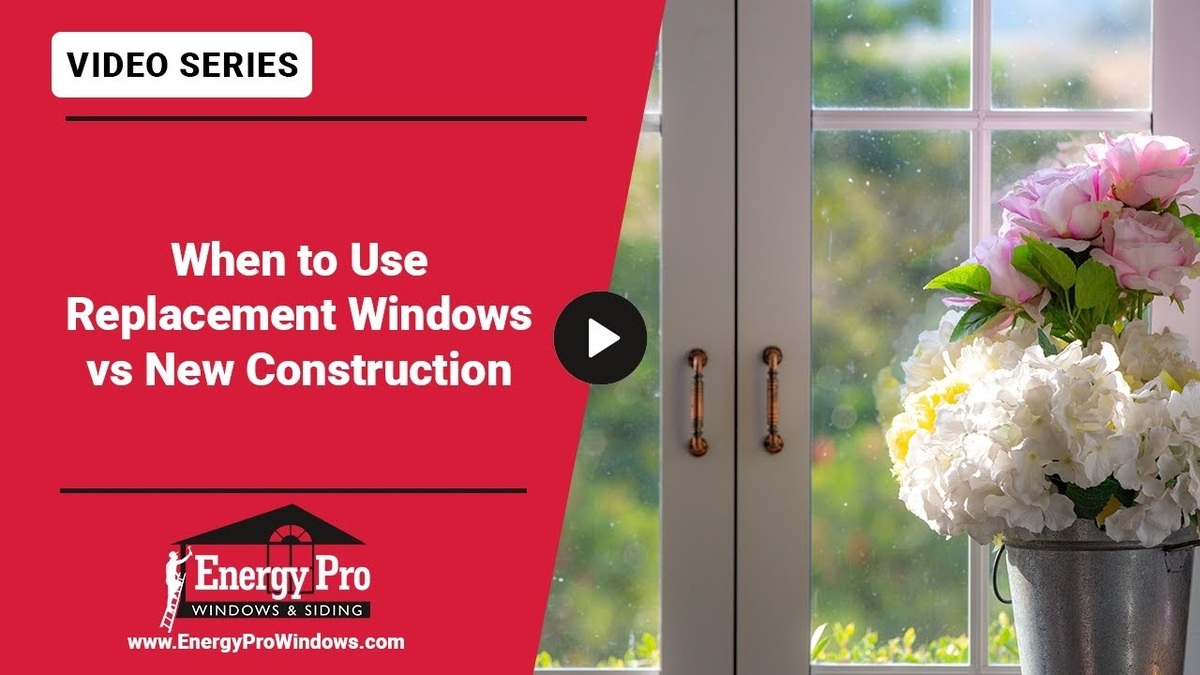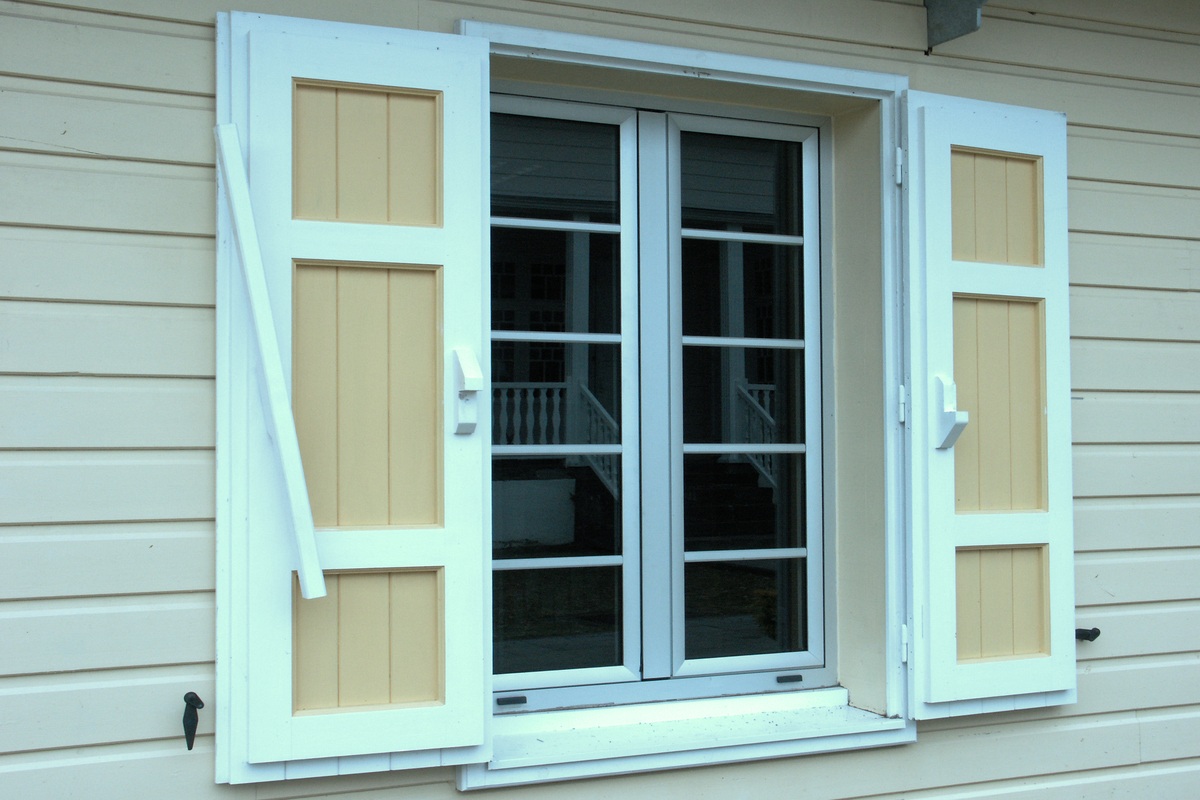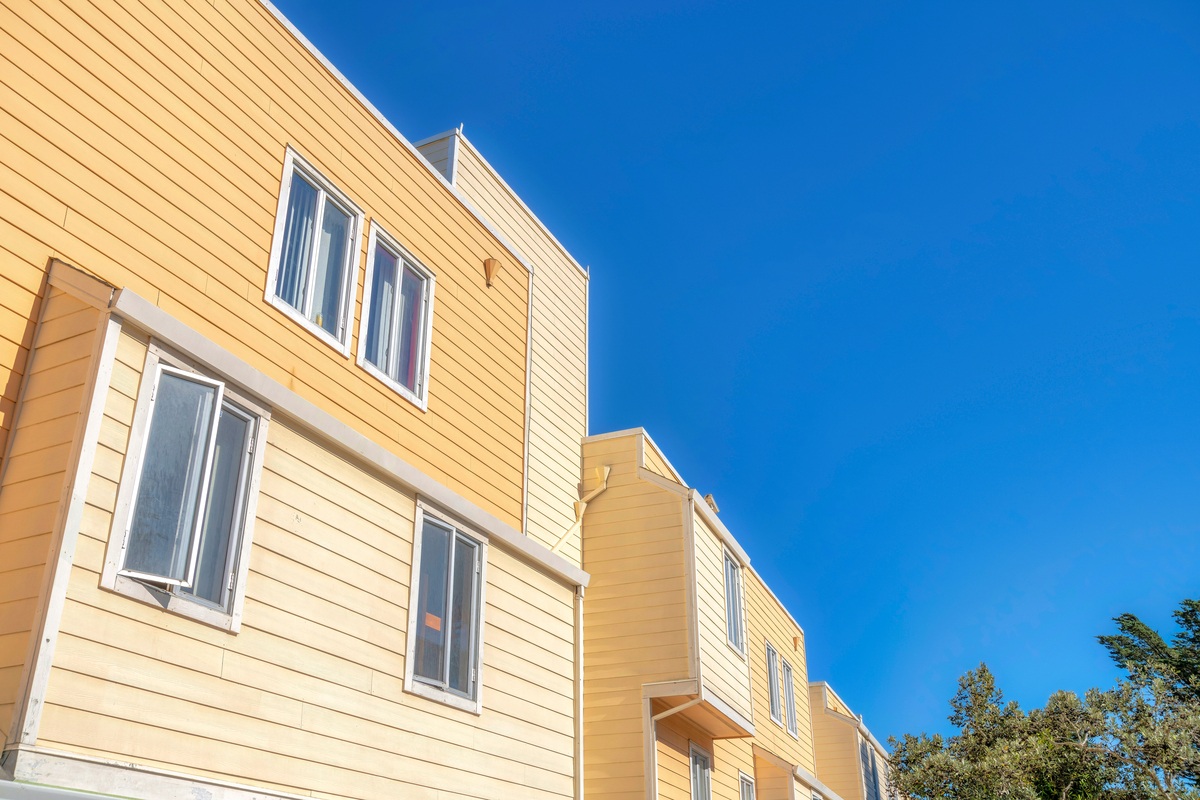The choice between replacement windows and new construction depends on the frame’s condition and the quality of the original installation. Each serves a specific purpose, and using the right option can prevent delays, added costs, or future problems.
This guide explains how each installation works, the cost and project factors to consider, and what happens during the process. With a clear plan, you can select the option that protects your home and ensures long-lasting performance.
What Replacement Windows Mean for Your Home
A replacement window keeps the original frame in place. We remove the sashes and moving parts. We insert a pocket window into that frame and seal it.
This works best when the builder flashed the opening well and there are no leaks at the frame. In that case, we can achieve a strong seal and a clean look. It is faster and more cost-effective than tearing into exterior finishes.
Pro Tip: Ask for written details on sealant, insulation, and cleanup. A tight seal and careful trim work make the biggest difference you can feel.
When New Construction Windows are Needed
You need new construction if water is entering above or through the frame. That points to a failure in the original flashing or installation. In this case, keeping the old frame will not fix the source of the leak.
New construction windows have nailing fins and tape. To set them, we must access the full rough opening. That often means removing siding or exterior trim to get the integration right.
Replacement Windows vs New Construction: How to Decide
Use the simple rule. No frame leaks and good flashing mean replacement. Any frame leak or failed flashing means new construction, so we can rebuild the water barrier.
Comparing Cost and Project Impact
Replacement installs are faster. There is less damage and less risk to siding and trim. Labor cost is lower, and the project is cleaner.
New construction takes more time. Accessing the fins and flashing means pulling more materials. That adds labor and may require exterior repairs after the window goes in.
- Replacement: lower labor, quicker turnaround, minimal exterior work
- New construction: more labor, longer timeline, exterior repairs likely
Key Takeaway: If the frame is dry and solid, replacement gives strong results at a lower total cost. If the frame leaks, only a full new construction setup will solve the root problem.
Need expert help with replacement windows? Contact Energy Pro for a free consultation. We will inspect the opening, check for moisture, and recommend the best path.
How Problems Show Up During Window Installs
With new construction, removing siding or trim can uncover hidden issues. Paint can chip. Boards can crack. That is why we plan protection, careful demo, and proper reassembly.
During replacement work, we may find water stains, wood rot, or a damaged knee wall below a window. When that happens, we stop and show you the issue. We explain the fix and the materials needed before we move on.
Pro Tip: Take photos of any stains or soft spots you have noticed. Sharing them with our team speeds up the plan and helps avoid change orders.
How Energy Pro Solves Hidden Issues
Construction can reveal the unseen. If we uncover water, rot, or a structural gap, we discuss it with you on the spot. We price the fix at materials and labor only. No add-on fees. No hidden overages. Our crew can get the parts we need and make it right the same day in most cases.
We also stand behind our work. For proper replacement installs on dry frames, we deliver tight seals and provide a strong installation guarantee.
Steps to Confirm Which Window Type You Need
Think about these checks:
- Do you see watermarks on the frame or drywall near the window?
- Is the exterior caulk split where the window meets the siding?
- Does a moisture meter show elevated readings around the opening?
- Is the sill soft or the knee wall cracked?
If any of these points point to a leak in the frame system, new construction is likely required. If the frame is dry and solid, replacement is the smart move.
Key Takeaway: Use replacement windows and new construction as a guide. Dry frame means replacement for speed and savings. Failed flashing means new construction to rebuild the barrier.
Final thoughts
Most homes qualify for replacement, which is usually the best fit for comfort, speed, and value. New construction is the right call when the original frame or flashing failed and water got in. With a clear inspection and an honest scope, both paths deliver strong results.
Ready to move forward? Schedule a free inspection with Energy Pro today. We will confirm your needs, show you options, and provide a clear quote so you can enjoy a tight, efficient window upgrade.



